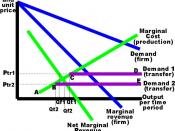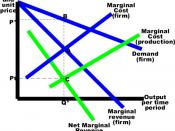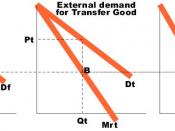General Overview of Brazilian Transfer Pricing Control Rules by Lionel Nobre - Pontifical University of Sao Paulo Following the globalization trend present in the world nowadays initially triggered by Law nr. 9.249, of December 26th, 1995, and later complemented by further laws, Brazil in the late nineties adopted once and for all a more international approach to taxation.
Brazil can now boast having truly international mechanisms for tax collection, such as ?worldwide income taxation? and ?international transfer controls? for companies and individuals.
For the first time in Brazil?s tax legislation history, the concept of international transfer pricing was introduced in practical terms by Law nr. 9.430, of December 27th, 1996. Brazil chose to introduce a new taxing mechanism under current income tax rules.
In theory it would also have been possible to introduce transfer pricing control instruments as part of Brazil?s custom?s regulations or antidumping laws.
Before the enactment of Law nr.
9430/96, similar tax examination methods already existed, as for example, the ?Disguised Profit Distribution?, which we will examine hereinafter in more detail. This taxation method is used to curb profit shifting and custom?s valuation mechanisms to prevent over or under invoicing practices. However, there were no specific custom made transfer pricing methods, guidelines or regulations for international transactions and the enforcement of existing rules was nonexistent.
Generally speaking, the transfer pricing controls mechanisms introduced by Law nr. 9.430/96 are based on price and cost being fundamentally transactional ones going beyond the basic OECD and United States guidelines.
Basically, the rules contained in Law nr. 9.430/96 deal with: (i) the deductibility of costs and expenses incurred by domestic taxpayers when acquiring goods, assets, rights, services or loans from foreign related parties; and (ii) the revenue to be taxed from the sale of goods, assets, rights, services or interest on...


